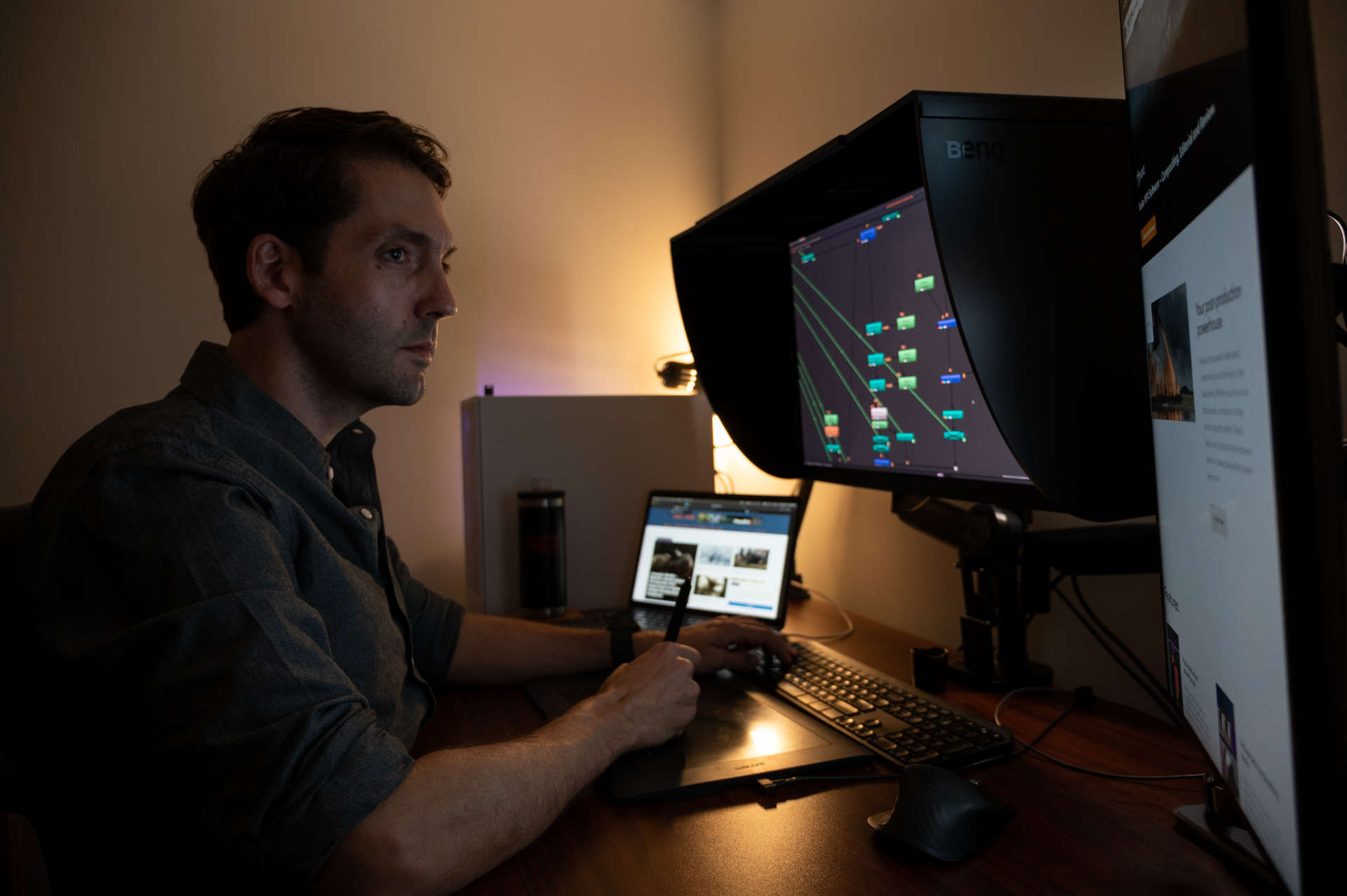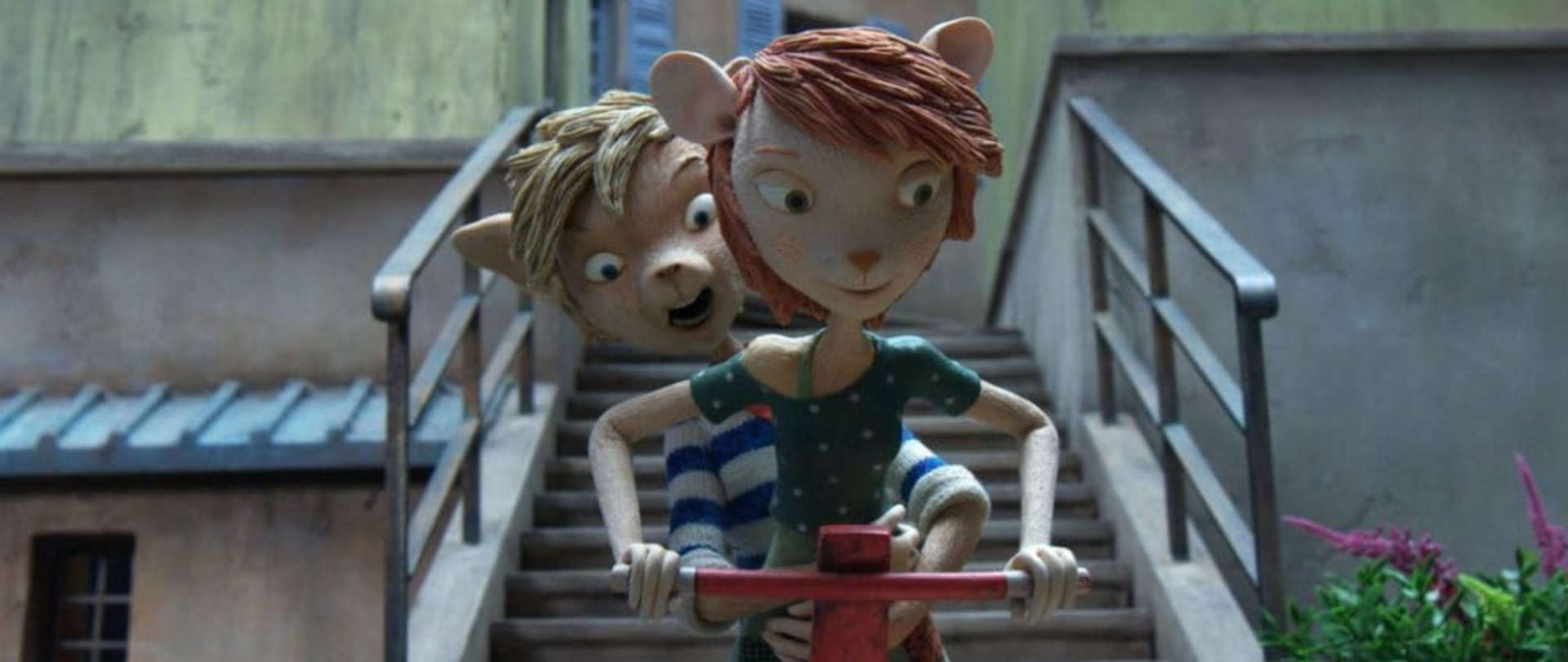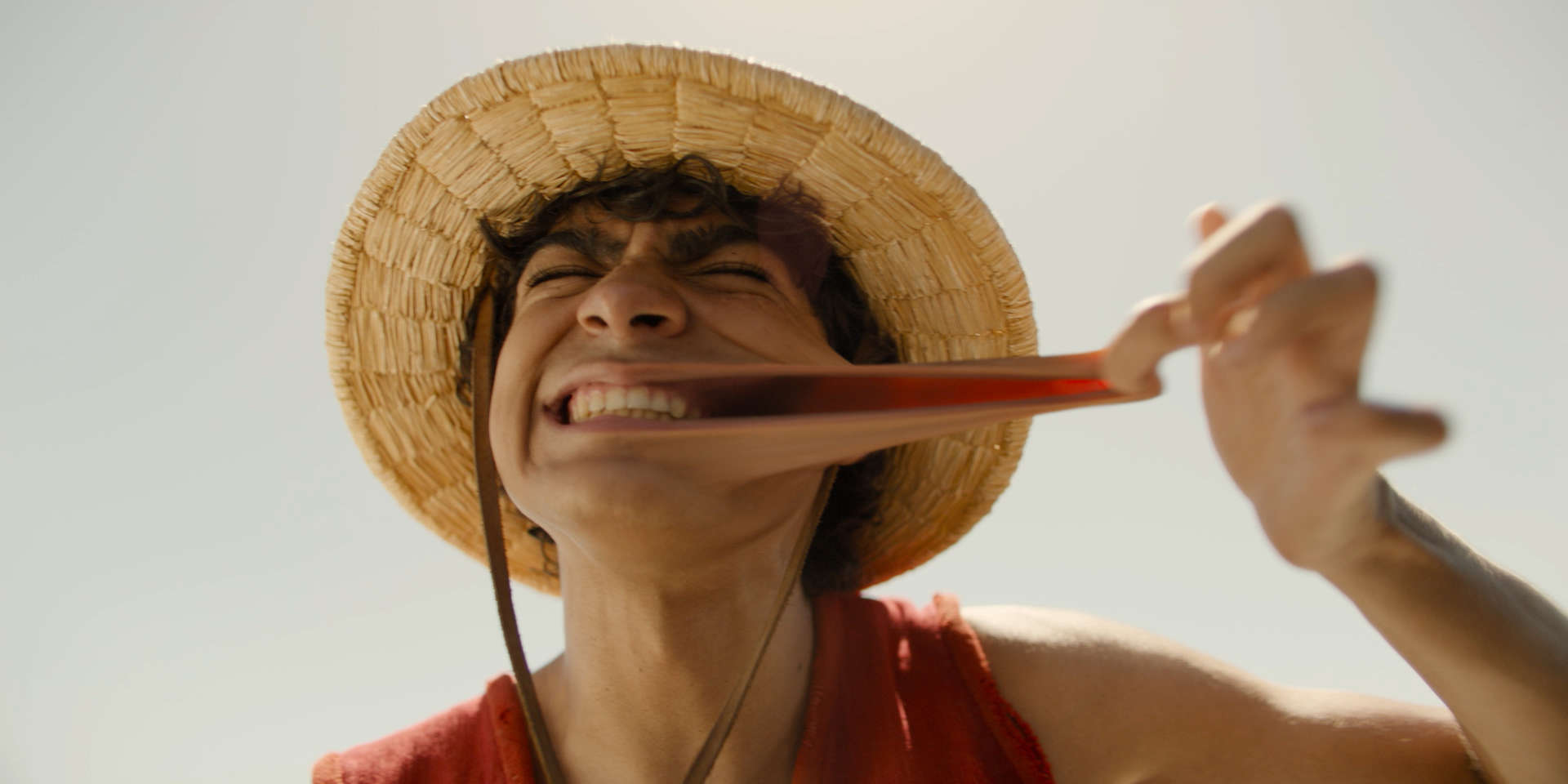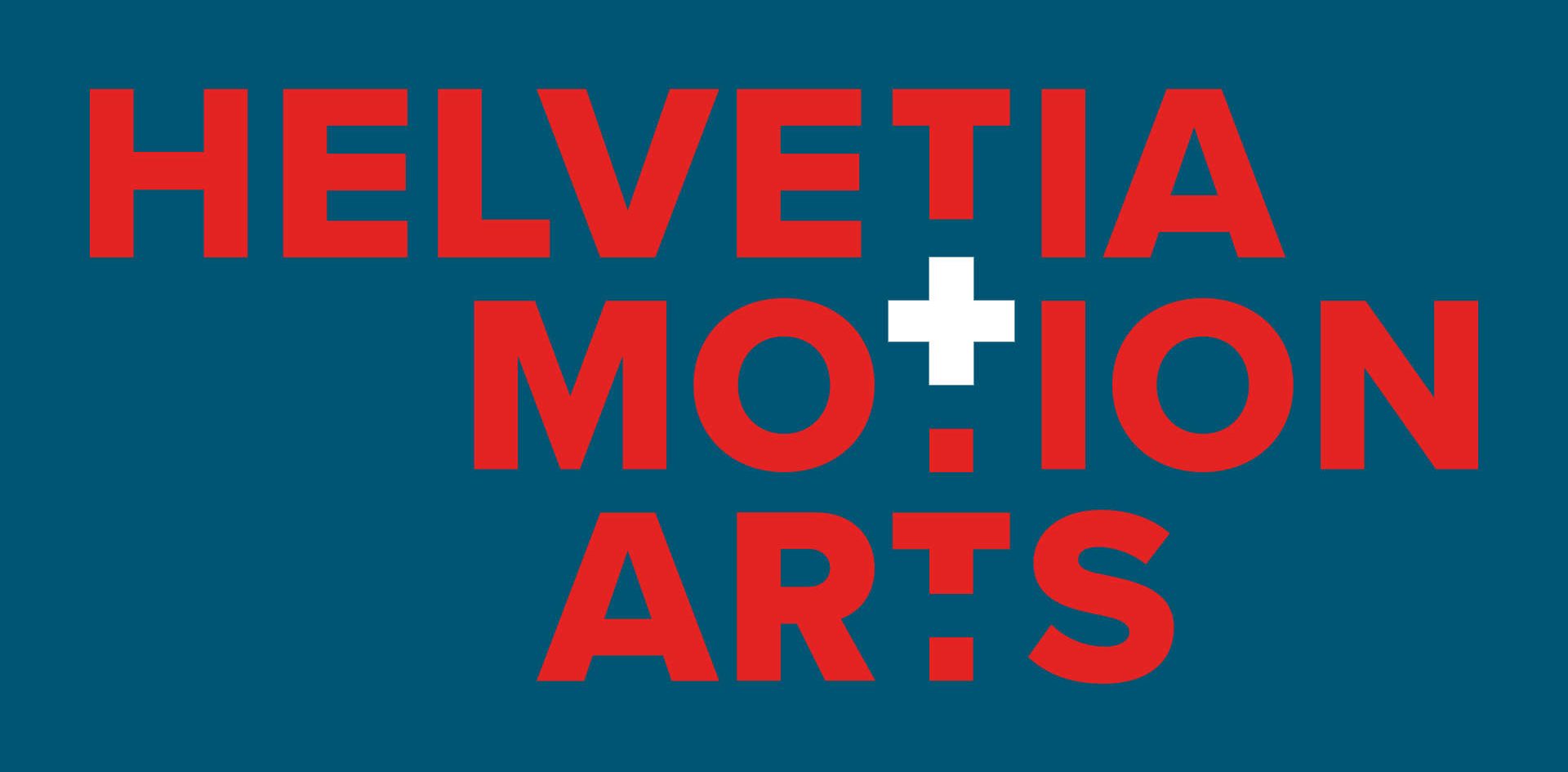
With over 15 years in VFX, Jonathan Jobin has brought his compositing expertise from Switzerland to Vancouver, Montréal, Kuala Lumpur, and now New York at Framestore. In this exclusive interview, he looks back on a career that includes Max & Co, Ready Player One, Cinderella, and Netflix’s live-action One Piece.
What first inspired you to work in visual effects, and more specifically in compositing?
Like many kids of my generation, in the mid-90s we had Jurassic Park and also Toy Story, which were huge influences and introductions to 3D and the new possibilities offered by computers. The PlayStation also came out around that time, and seeing the evolution of graphics and CGI during my childhood and teenage years — and watching the limits being pushed further every year — is what made me want to do something in this field.
Through his teaching, my father had access to a video production class, cameras, and Adobe software, which allowed me to experiment, edit films, and play around with After Effects. Back then, this kind of equipment was rare and very expensive — like video capture cards we needed before DV cameras arrived — so it was a special opportunity to have access to those tools. I remember in the late 90s trying to learn After Effects, which only came with an English manual. I read it cover to cover, not really understanding the language, but trying to replicate the steps I saw in the pictures.
But from Switzerland, the world of visual effects seemed impossible to reach — it wasn’t even something I could imagine at that time, it felt so far away. Video and web design also interested me, so I studied at emaf in Fribourg (today Eikon), a new school back then. It was there that I learned Maya, which I found fascinating, though I didn’t really know what career opportunities could exist in Switzerland.

Can you tell us about your education and the key experiences that opened the doors to the VFX industry?
At the end of 2005, the Swiss film Max & Co needed a few people to create animatics before shooting the stop-motion scenes. Along with two other students from emaf, I spent a year working on the animatics for the entire film. It was an amazing experience to be on such a large-scale production (by Swiss standards), surrounded by sets, film professionals, and so much to learn as I was finishing my studies at the time.
After completing all the animatics, the production’s needs shifted, and we were asked to do some compositing to assemble a first rough cut of the film. At the time, I wasn’t entirely sure what compositing really was, but I had the chance to learn Shake — which was still the industry standard then. I discovered that I really enjoyed it and had a natural talent for it. But again, I wasn’t sure what to do with that knowledge within Switzerland.
After Max & Co, I traveled and worked in Malaysia, where I mainly did 3D but also some compositing for commercials aimed at the Asian market. These were very fast productions with low budgets and demanding clients. I had to learn to work quickly, find solutions on my own, and I ended up doing a lot of overtime.

How did your early professional experiences in Switzerland, such as at Canal Alpha or Sapristi Studio, influence your career development?
When I came back to Switzerland, I worked at the local Neuchâtel TV station Canal Alpha. It was a different kind of experience since I was managing servers and video broadcasting infrastructure. But that’s when I quickly realized I had to take action if I really wanted to work in VFX. I spent evenings and weekends learning Nuke through tutorials and building a new showreel, hoping to land a job in VFX.
That eventually led me to Sapristi Studio in Lausanne, my first real job as a compositor. There, I met people who later helped me move to Modus FX in Montreal — which marked my final departure from Switzerland.
In your opinion, what are the main strengths and challenges of working in VFX in Switzerland?
In Switzerland, we have a certain rigor in our work and we like things to be done well. Sometimes that comes at the cost of flexibility, but the professionalism and attention to detail I learned in Switzerland serve me greatly in my work today.
The main challenge in Switzerland is obviously the lack of opportunities in our industry. We don’t really have a culture of making big films, not only because of budgets but also because of a mindset where people are sometimes afraid to be too ambitious.
You’ve worked in many countries and studios, from Kuala Lumpur to Montreal, Vancouver, New York, and now Framestore. How has this international journey shaped your approach as a Compositing Supervisor?
At the end of the day, my job doesn’t change much from one continent to another. But I’ve had the chance to work with artists from different countries and cultures, and it’s always interesting to see how that influences their work habits. Managing different personalities and adapting to each person’s style is a big part of the job.
Can you share some of the most complex sequences you’ve worked on internationally?
Adapting the manga One Piece into a Netflix series was a particularly interesting challenge. The original material is quirky and unrealistic, and finding the right balance for effects such as Luffy’s elastic arm required a lot of exploration and brainstorming with the team. It was a fascinating collaborative effort.

Another example would be the dress transformation scene in Cinderella, which took several months of work, with countless explorations and versions before reaching the final result.
After supervising teams of up to 20 artists across multiple sites, what have you learned about management in a global production environment?
It’s always challenging to manage large teams spread across different sites and time zones, especially with people you’ve never met in person. It requires a lot of organization, but above all, it requires trust. You simply can’t micromanage 20 people and still finish the project.
It’s crucial to understand everyone’s strengths and weaknesses and leverage them effectively. A big part of supervision is the human aspect — working with different personalities. In VFX, we’re not always the most social people, so working with reserved personalities sometimes requires a certain finesse.
Which global industry trends do you think will have the most impact on the work of Compositing Supervisors in the coming years?
We had a few good years with very high-budget TV series during the “Streaming Wars” between Netflix, Disney, and others. But recently, budgets seem more limited. Despite that, expectations remain just as high. That pushes us to find smart solutions to reduce costs — and compositing provides many of those.
3D is amazing and can achieve incredible results, but it’s time-consuming and expensive. Compositing offers unmatched flexibility and speed, and when budgets tighten, that makes all the difference.
AI is also opening new doors, though it hasn’t yet brought major changes. I don’t think we’re on the verge of a real revolution. Still, new tools create new opportunities, and it’s important to keep up with these developments and learn to use them. They can help us do more at lower cost — and that’s where AI can make a real difference. But we’re talking about very specific tools, not generating entire images or shots purely with AI.
Looking back at your career, is there a project or moment that stands out as your best memory?
Ready Player One stands out, simply for the pleasure and the chance to work on a Steven Spielberg film and get a glimpse of his working style. It was also the last feature film I worked on and my final big project as an artist before moving into supervision on TV shows. So that project holds a special place for me.
If you could work on any dream project — past, present, or future — what would it be and why?
For years, my goal was to work on a Star Wars film, but I missed the opportunity during Episodes VII, VIII, and IX. And unfortunately, Star Wars has become a bit less exciting now.
Otherwise, since I haven’t worked on films in several years and I still find them more interesting than TV series, I’d love to work on a major feature again with a great director — someone like Denis Villeneuve or Christopher Nolan.

